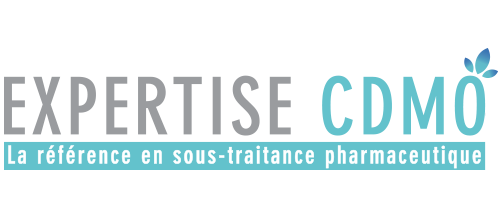February 2019, a customer gives more or less detailed specifications and asks his contractor manufacturer to manufacture it so that it is in drugstores’ shelves in May. Do you think it is doable? Not easy!! You will see that the pathway to get to the shelves of pharmacies is littered with pitfalls.
Project agreed, super, we go on!

What are the key steps for the realization of your medical device?
Step 1: formulation
Raw materials, ordered and weighed. Research and Development (R & D) teams get into product formulation and eventually customize it to make it “even better” or “even more”.
Step 2: Packaging
Packaging selection comes into play. A process that links several company departments to determine whether the proposed packaging article can be adapted to industrial lines, must need investments or if it turns out simply too expensive for the customer. A suitability record for use must also be initiated.
Step 3: Pre-stability
In some cases, pre-stability studies are conducted at this stage to check that over a period of 3 or even 6 months, the product remains organoleptically and microbiologically stable.
Step 4: Cleaning
In the CDMO plant, manufacturing lines are not dedicated to a single product. It’s time to call for cleaning validation. Depending on the criticality of an API or an excipient of the formula, the production equipment may have to undergo a cleaning validation.
Step 5: Pilot phase
The product manufactured in 1 kg is beautiful but what will it become on a 1T batch. To check this point, a pilot batch is made on a scale up equipment, representative of industrial equipment. At this stage, we fine tune the process (speed or stirring time, excipients addition …) and we mention the parameters to be controlled during manufacture.
Step 6: Studies
Stability studies will allow to confirm that the finished product remains in compliance with the defined specifications for several years. At this stage, biocompatibility studies, clinical evaluation and clinical studies are carried out to comply with the new regulation. As soon as all the results are compliant, we go to the technical file.
Step 7: The audit
Depending on the Medical Device class, the dossier must be audited by a Notified Body. Everything is good, great, we have the certification and we have an excellent timing, a customer is interested in our product.
Step 8: Pre-Industrialization
A transfer or transition batch must be manufactured to check that the pilot batch qualified adjustments are tunable to the industrial batch. This batch is followed by the industrial qualification teams who ensure that the steps are perfectly followed and reevaluate if necessary the critical parameters of the production. This step is not always done and it is a shame. Scale-up phase is a critical step and it is rare that the pilot batch transposition to an industrial batch is performed fingers in the nose.
Step 9: Industrialization
If everything is OK, we launch the industrial batch which is also followed by the industrial qualification team. The products are controlled, the batch file is issued and if all is compliant the batch is released and shipped to the customer.
Step 9: Marketing
The product can fill out the pharmacies shelves.
This is obviously a simplified description of the Medical Device pathway. I did not mention the risk analysis that exists throughout the process and that aims to quantify the hazards. If a CDMO agrees to supply you your product in May, (not sure anyone exists!), Pay attention. It may be that it does not make each and every effort to compliance in terms of quality and safety requirements.

